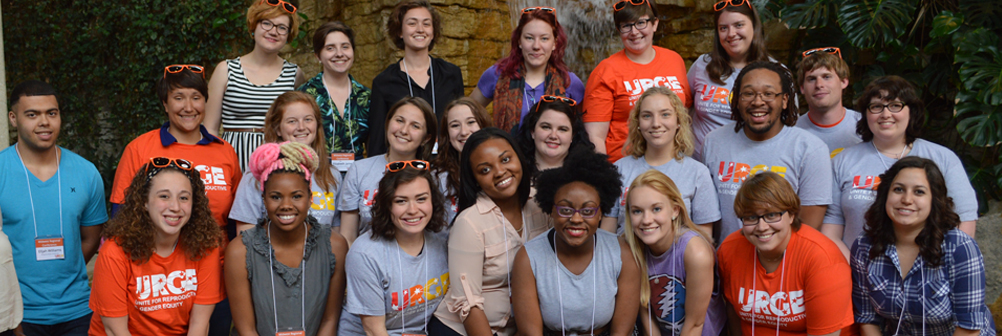“That will be $800” – My IUD Journey

Posted by Allie
November 20, 2013
“It will run you around $800.”
This statement was casually spoken to me by a secretary at the OBGYN office I had visited a week prior. I was expecting the office to call to schedule another appointment for an insertion of a Mirena IUD, what I have the determined to be The Contraceptive for Me.
I was absolutely devastated to learn that an IUD was not actually covered by my insurance.
Exactly a year ago, I was trying to my best to switch up my birth control. I was on the pill for 5 years and I was truly irresponsible about taking that pill every single night. I can’t tell you how many times I have taken 3 pills at one time and 2 more the next day – one of the least responsible things I’ve done while sexually active with the possibility of unintended pregnancy, and it is highly recommended that you do not ever do that. And basically, so frustrated with the communication between my doctor and my insurance, I gave up on The Contraceptive for Me.
Yesterday, that changed. I finally got a call back from my doctor saying my insurance approved coverage of a Mirena IUD. I practically jumped for joy when I got the call. No more pills for five years! No more crossing my fingers for my period or groaning every night at 8:30 pm when my alarm goes off and the pill pack is at home!
For me, this was a small personal reproductive justice-related victory, but I cannot help but connect my personal medical happenings to the broader societal implications (the person is the political, right?).
Often, it’s easy for us reproductive justice activists to talk about groups of people far away from our own experiences. Refer to people as the distant “youth,” “college students” and “low-income,” without actually mentioning ourselves and our experiences. When sorting through the laws and policies put in place, it can be easy to disconnect the consequences of fancy concepts like “gerrymandering” or transfer agreements from hospitals to abortion clinics from our own, real life experiences. The last year has reminded me that truly, reproductive justice and birth control coverage impacts people close to home, aka myself, (who is low-income because of my status as a student) every single day.
People often ask me why I’m so passionate about reproductive justice. It’s because the real life impacts are so clear to me, especially through this journey. It’s easy to connect the dots within my own life and how an IUD is going to help me tremendously.
And I recognize my own privilege when it comes to health care coverage. I’m incredibly fortunate to have birth control in the first place, parents who are employed and have insurance. But even so, I’m insured and I couldn’t afford the best birth control option for me.
Almost equivalent to my struggle around coverage was the stigma and myths about having an IUD. I told a person that was close to me, and they instantly told me how they were supposedly “dangerous,” when in reality they are perfectly safe.
This stigma around long-term birth control is incredibly common. The reality is that young people need access to more than just the pill and condoms. We need access to long-term solutions if we so choose. We cannot allow the stigma of a doctor or horror stories from the 1970s to scare us away from effective, safe forms of contraception.
We need to tell our own journeys. They are so important for the work we do. Activists need to encourage others to tell their own stories, struggles and victories and connect it to the political climate and confusing legislation. Never forget to connect the personal to the political, because that is exactly what we are fighting for.
Leave a Reply
You must be logged in to post a comment.

